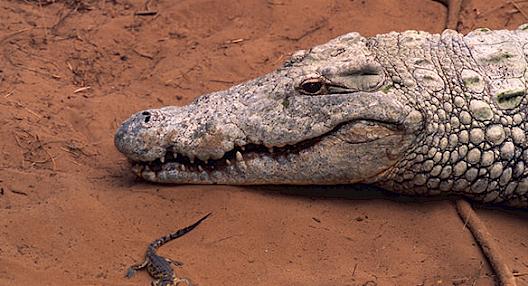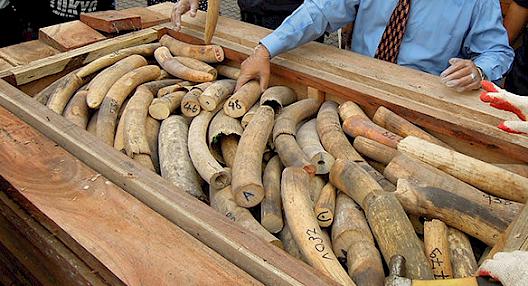
Grey Parrot Psittacus erithacus
i
at the heart of what we do
TRAFFIC was established as the "wildlife trade monitoring network". Our expertise and objectives have expanded since then, but impartial data and analysis remain fundamental to our success.
The transnational syndicates behind wildlife trafficking constantly change their routes and modus operandi. This makes robust, timely data and analysis crucial for an effective response by governments and companies worldwide.
"Evidence to Influence" is a core approach within our overall conservation strategy, ensuring that expert research and impartial analysis guide our policy decisions and recommendations. Our international team of conservationists collect and use the latest trade data to keep our analysis parallel with evolving trade dynamics.
Key Statistics

Over 2,700 users of
TRAFFIC’s open-access Wildlife Trade Portal including over 400 research and educational institutions

Over 30,000 records
in the Elephant Trade Information System (ETIS), tracking illegal trade in elephant products especially ivory

Over 6,000 enforcement
agencies and financial institutions receive our data to inform their anti-money laundering action
Vital Wildlife Trade Monitoring Initiatives
Wildlife Trade Portal
This enables public access to TRAFFIC’s data on wildlife trade seizures, including location, species, product type, transport methods, criminal justice outcomes and even connections to corruption.
Simple, intuitive functionality can display various types of maps and charts. Users from 126 countries have run over 57, 000 searches, to inform at least 60 published papers and policy prioritisation exercises.
Access the Wildlife Trade Portal
Elephant Trade Information System
The Elephant Trade Information System (ETIS) is the CITES-mandated tool managed by TRAFFIC that tracks illegal trade in elephant ivory and other elephant products.
Over 30,000 records exist in the database, allowing us to analyse complex ivory trade trends and submit detailed recommendations to CITES Parties on international ivory policy.
Data innovations
We not only generate data, but innovate to present this in accessible ways, to assist effective decision-making.
TradeMapper was developed by by TRAFFIC and WWF-UK. This open-source tool helps explore data and visualize evolving trade routes, through both animations of change over time or static maps.
TimberStats enables dynamic and interactive exploration of timber trade data. It highlights trends and discrepancies that can help identify risks of illicit trade.
Trade in Wildlife Information eXchange (TWIX) networks enable secure communication between countries and enforcement agencies. These connect around 3000 officials in Europe and Africa, and have supported 100+ investigations.
Access Trademapper & TimberStats
Law enforcement support
We provide timely, actionable intelligence to law enforcement agencies worldwide. International bodies such as INTERPOL and the UN Office on Drugs and Crime receive our data, alerts, and in-depth analysis.
Confidential intelligence for law enforcement draws from our complete dataset: the Wildlife Trade Information System (WITIS). Established in 2012, this now houses over 720,000 regularly updated records. The Wildlife Trade Portal enables public access to non-nominal seizure data from WITIS.
Policy advice and CITES implementation
In order to influence policy decisions that keep abreast of evolving trade dynamics, we rely on powerful, and reliable evidence from our trade monitoring.
TRAFFIC has supported CITES policies and implementation since our formation in 1976. More recently, since 2010, our analysis (joint with IUCN) informed over 284 unbiased assessments to amend global trade protections under CITES.
Impartial data are the founding element to our Evidence to Influence approach, within our Strategy. This enables national governments to trust our practical advice and policy recommendations.
Donor acknlowdgements
We are grateful for cross-cutting support for TRAFFIC’s wildlife trade monitoring from:
- Reducing Trade Threats to Africa's wild species and ecosystems (ReTTA) funded by Arcadia
- Wildlife Trafficking, Response, Assessment and Priority Setting (Wildlife TRAPS) funded by USAID
- The Restore Species partnership, convened by Restore our Planet
Many further donors have supported trade monitoring, often focusing on a particular species or trade route.


